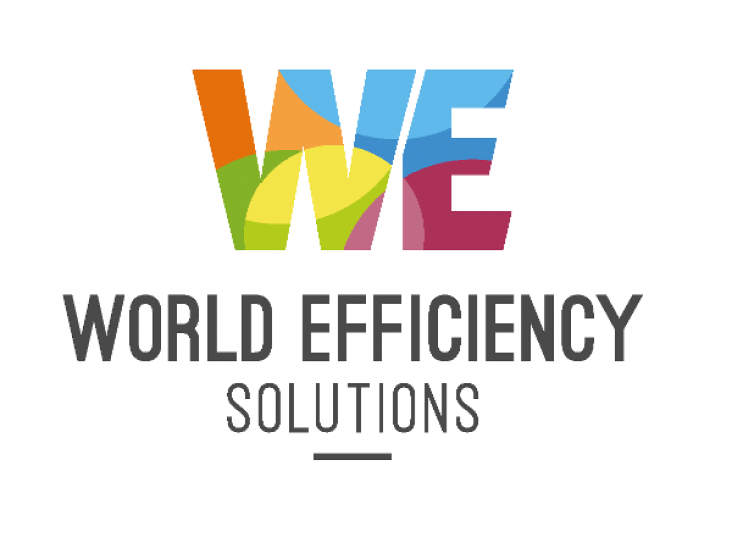
World Efficiency Solutions (WES) is the premier international meeting for the low-carbon and resource-efficient economy focussed on creating the low-carbon and resource-efficient market place. WES was first held in 2015 in Paris during COP21 negotiations, focusing on climate change solutions. World Efficiency develops a new environment consensus: economic and human activities must, to be sustainable, be redesigned to limit their impact on the environment while awareness of the planetary limits (climate change and resources scarcity) becomes widespread. A key objective for WES 2017 is to Identify new market opportunities aligned to the 2030 Sustainable Development Goals (estimated market opportunities are larger than USD 12 trillion) and the Paris Agreement on Climate Change from 2015.
This chapter aligns with Goal 3: Good Health and Wellbeing and Goal 15: Life on Land by discussing the role of human-animal relationships in maintaining livestock welfare.
Multiple nutrient deficiencies related to severe soil fertility depletion have emerged as the major constraint to the sustainability of agriculture on a global scale.
Elsevier,
Social Ecology in the Digital Age, Solving Complex Problems in a Globalized World, 2018, Pages 223-264
This book chapter advances SDGs 13 and 15 by confronting what many scientists and policymakers regard as our gravest existential threats today—global climate change and its impacts on groundwater and food supplies, sea level rise and coastal flooding, ocean acidification extreme weather events, biodiversity loss, violent conflict over scarce resources, and disease pandemics.
This book chapter addresses goals 3, 12, and 15 by exploring how combining the knowledge derived from traditional medicinal practices with modern science creates endless possibilities for drug discovery and the use of plants in the treatment of a wide array of conditions.
Megacities contain at least 10 million people whose wellbeing largely depends on ecosystem services provided by remote natural areas.
Climate change is modifying global biogeochemical cycles.
This book chapter advances SDGs 12 and 15 by explaining how humans have a detrimental impact on natural habitat due to various activities including deforestation, urbanization, roads, the energy sector (renewable and coal), mining, and climate change. The most important form of habitat destruction is deforestation either to develop land for agriculture (70%) or to harvest lumber intensively.
We adopt a theory-based approach to synthesize research on the effectiveness of payments for environmental services in achieving environmental objectives and socio-economic co-benefits in varying cont
This book chapter advances SDG 15 and 11 introducing a novel agricultural practice—vertical farming/urban agriculture, highlighting how it can help deliver safe and nutritious food for a growing world population in environmentally and socially sustainable ways.
